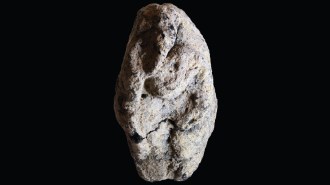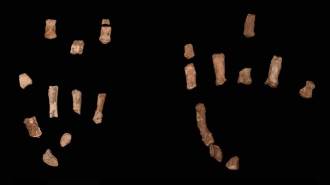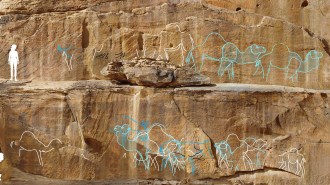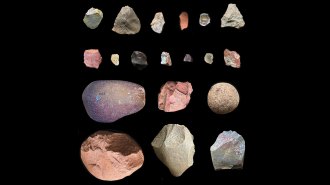Precolonial farmers thrived in one of North America’s coldest places
Ancestral Menominee people in what’s now northern Michigan grew maize despite harsh conditions
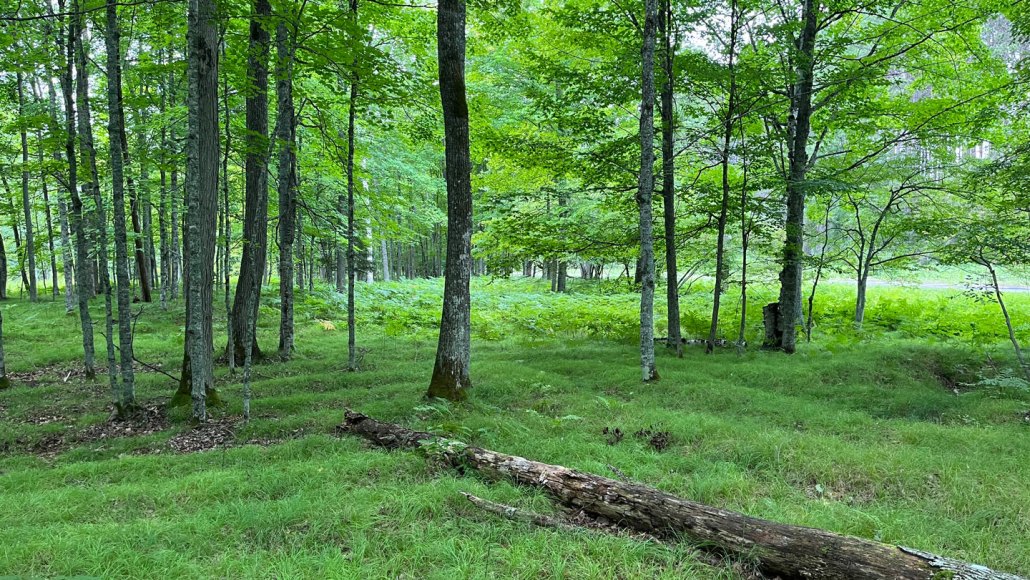
A new lidar survey revealed the largest preserved area of precolonial farm fields in the eastern U.S. on Michigan’s Upper Peninsula. Raised garden beds once used to cultivate maize and other crops are now partly obscured by trees and ground cover.
M. McLeester

